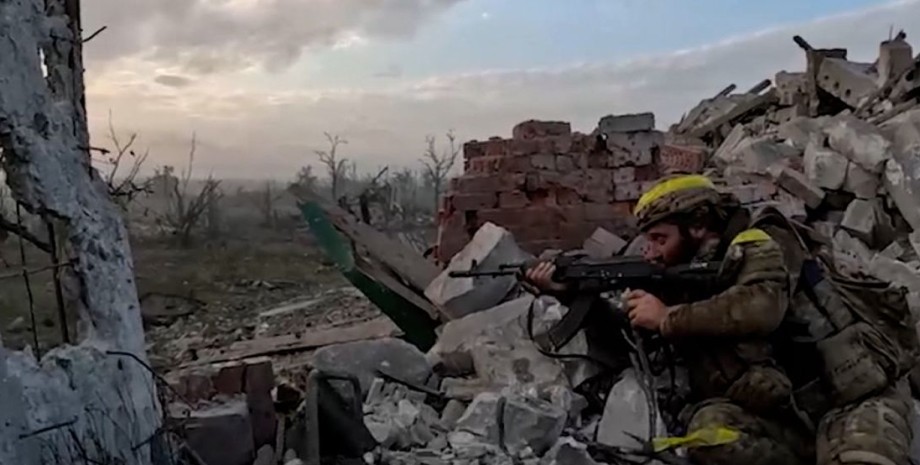
 By Eliza Popova
By Eliza Popova
American analysts refer to the data of the Russian military blogger, who stated that the Russian forces have seized the building at the "Central" mine in the center of Toretsk. The Russian forces also continued the ground attacks north of Toretsk in the Dylivka area, east of Toretsk in the Druzhba area, south of Toretsk in the area of Nelipivka and in the direction of Shcherbinovka, as well as southwest of Toretsk in the area of Leonidivka on October 9 and 10.
Russian troops recently advanced southeast of Pokrovsk on the background of the offensive to the east and southeast of the city on October 10. Geolocation for October 9 show that the Russian troops advanced to the east of Selidovoy (southeast of Pokrovsk) and along the railway south of Selidovo.
The Ukrainian military observer Konstantin Mashovets announced on October 10 of the seizure of the Russian troops of the desired first, the control over which the Ministry of Defense of Russia (MoD) declared on September 14. Russian bloggers argue that the Armed Forces of the Russian Federation advanced 600 meters deep to the east of the railway near Selidovo, 950 meters deep in the western part of Zukurin (southeast of Pokrovsk) and 400 meters in depth south of Selidovo.
Mashovets characterizes Russian attacks in the directions of Pokrovskaya and Kurakhov as "cumulative", here the Russian troops send continuous waves of assault groups, hoping to fix themselves. He noted that such assault groups usually consist of infantry with the support of artillery and aviation, but sometimes cover three to four elements of armored vehicles. Recall that the troops of the Russian Federation sold the left flank of the Kursk group of the Armed Forces.










All rights reserved IN-Ukraine.info - 2022